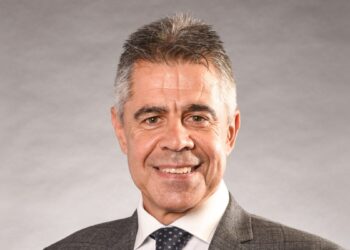Addressing a recent webinar, the SMSF law firm’s special counsel, Bryce Figot, said while new rules to include the outstanding balance of LRBAs in a fund member’s TSB restricted trustees from making contributions to pay off the loan over the long term, advisers could employ some creativity to maximise contributions for members before their increased balance kicked in.
“In the year you set up the LRBA, you’ve got to give strong consideration to maxing out your non-concessional contributions because you will be able to do it this financial year, it will only affect you in the next year,” Mr Figot said.
He used the example of Andrew, a 50-year-old engineer with $500,000 in his SMSF who wants to borrow $1.1 million through a related-party LRBA to buy property.
While Andrew would previously have been able to use contributions to make the $9,000 monthly repayments on his loan, if he goes through with the LRBA his TSB at 30 June 2020 would now be $1.6 million, meaning he would have to rely on rental income from the property to pay the loan back, which was not an ideal strategy, Mr Figot said.
“Is the real estate going to be positively geared? It’s unlikely even if you use the cash [in the fund] — how confident are you that the property will generate enough income to make repayments of $9,000?” he said.
However, Andrew could consider using the bring-forward rule in the current financial year to pre-fund a portion of his loan through a large lump sum contribution, given his TSB would not be assessed as reaching the cap until 30 June 2020, Mr Figot explained.
“He won’t be able to make non-concessional contributions anymore; however, when you determine that, you’ve got to think fourth dimensionally,” he said.
“In this financial year, he could still do his bring-forwards and make $300,000 of non-concessional contributions, which are the last ones he can make.”


